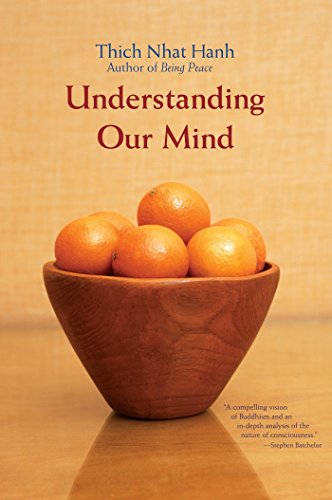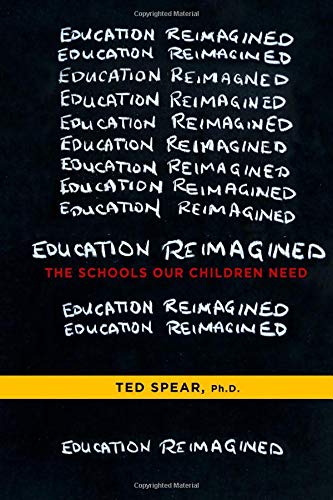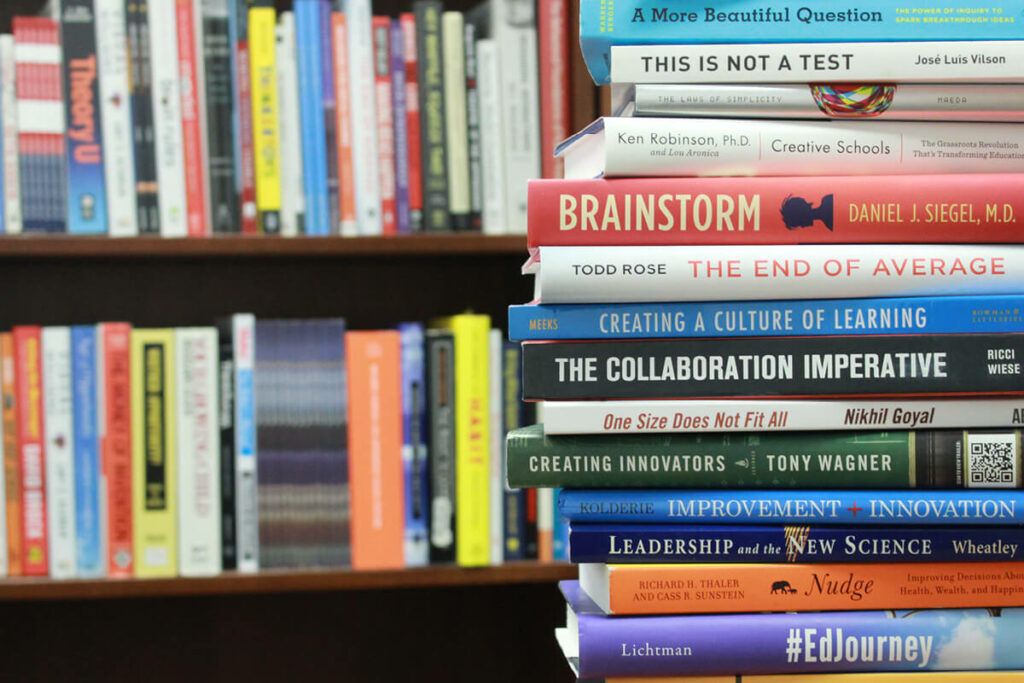
THRIVE: The Purpose of Schools in a Changing World
Valerie Hannon and Amelia Peterson
Where do we begin rewriting education’s story and stitching together a narrative that sees all young people pursuing (and having access to) their interests and passions? We might start where Valerie Hannon and Amelia Peterson point us in THRIVE: The Purpose of Schools in a Changing World—challenging the fundamental thesis on which conventional education was designed and asking a revealing question: What is school for? If your answer is centered on the young learners themselves (and not a building), Hannon and Peterson will guide you in imagining what our communities might look like if we are eager to unleash young people to be active participants in solving community challenges.

Understanding Our Mind: Fifty Verses of Buddhist Psychology
Thich Nhat Hanh
How do we empower young people, especially those whose environments make it harder to dream big, to see new possibilities for their lives? We might reveal to them their natural ability to plant seeds of joy within their minds—supported by the guidance and mentorship of caring adults throughout their community. To provide such support, educators and community stakeholders might find timely lessons from Thich Nhat Hanh’s Understanding Our Mind. The author draws on Buddhist psychology—“focus[ing] on the direct experience of recognizing, embracing, and looking deeply into the nature of our feelings and perceptions”—to provide a lens for people of all ages that helps us harness the power of our personal agency.

Education Reimagined: The Schools Our Children Need
Ted Spear Ph.D.
Frustration, disengagement, irrelevance—these are feelings too often associated with conventional education. Ted Spear, in Education Reimagined (no relation to our organization), unapologetically challenges us to no longer accept these feelings as “normal,” and to put an end to the quickly declining joy we see in young people as they move from elementary to secondary schooling. Spear’s call-to-action invites us to reimagine the purpose of education as “equipping and inspiring students to cultivate their humanity.” If that was our starting line, what new and inventive designs might we come up with?

Braiding Sweetgrass: Wisdom, Scientific Knowledge, and the Teachings of Plants
Robin Wall Kimmerer
How do we collectively envision an ecosystem of education that enables young people to feel intertwined with the fate and well-being of their communities, and communities to feel similarly about young people? Looking to the natural world could be a catalyst for unleashing such thinking. And, Robin Wall Kimmerer’s Braiding Sweetgrass might be a great place to start. Kimmerer, an Indigenous scientist, combines her scientific expertise with Indigenous ways of knowing to invite us all to reconnect to the wisdom of nature’s oldest teachers—plants and animals. What might we discover when we explore “the awakening of ecological consciousness,” which in Kimmerer’s eyes, “requires the acknowledgment and celebration of our reciprocal relationship with the rest of the living world”?

Think Wrong: How to Conquer the Status Quo and Do Work That Matters
John Bielenberg, Mike Burn, and Greg Galle
Oftentimes, invention requires going against the grain. And, inventing a new future for education is no different. In Think Wrong, designers and innovators, John Bielenberg, Mike Burn, and Greg Galle, present a field guide for problem solving in ways that challenge our own biology and culture, and depart from the philosophies of the previous era. Their philosophy boils down to six practices: Be Bold, Get Out, Let Go, Make Stuff, Bet Small, and Move Fast.” This is a great resource for any educator, leader, or advocate eager to get unstuck, and see new ways of being that might accelerate their community’s transformational efforts.
